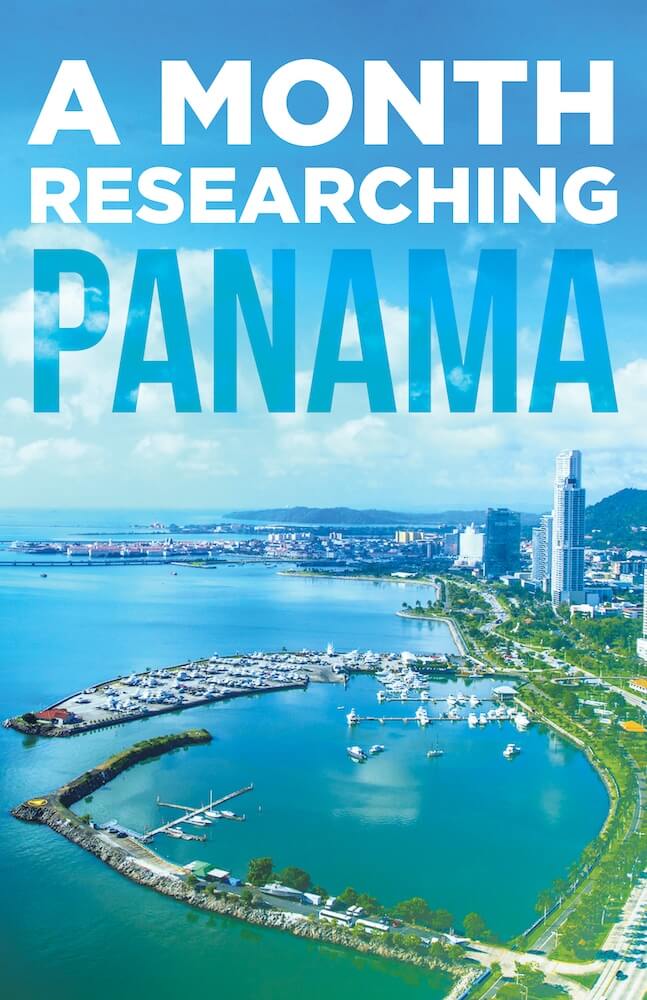The other day I ran across an article in The Street, which is an American financial news service founded by the over-the-top television personality, Jim Cramer. It listed Panama as the best place for expats to retire. Of course it’s not the first time Panama has achieved the top ranking, but it was a bit different in that Cramer, a former hedge fund manager and best-selling author, doesn’t usually cater to the inexpensive consumer. His MSNBC show is actually designed to get people to invest. So that means appealing to people with investable money.
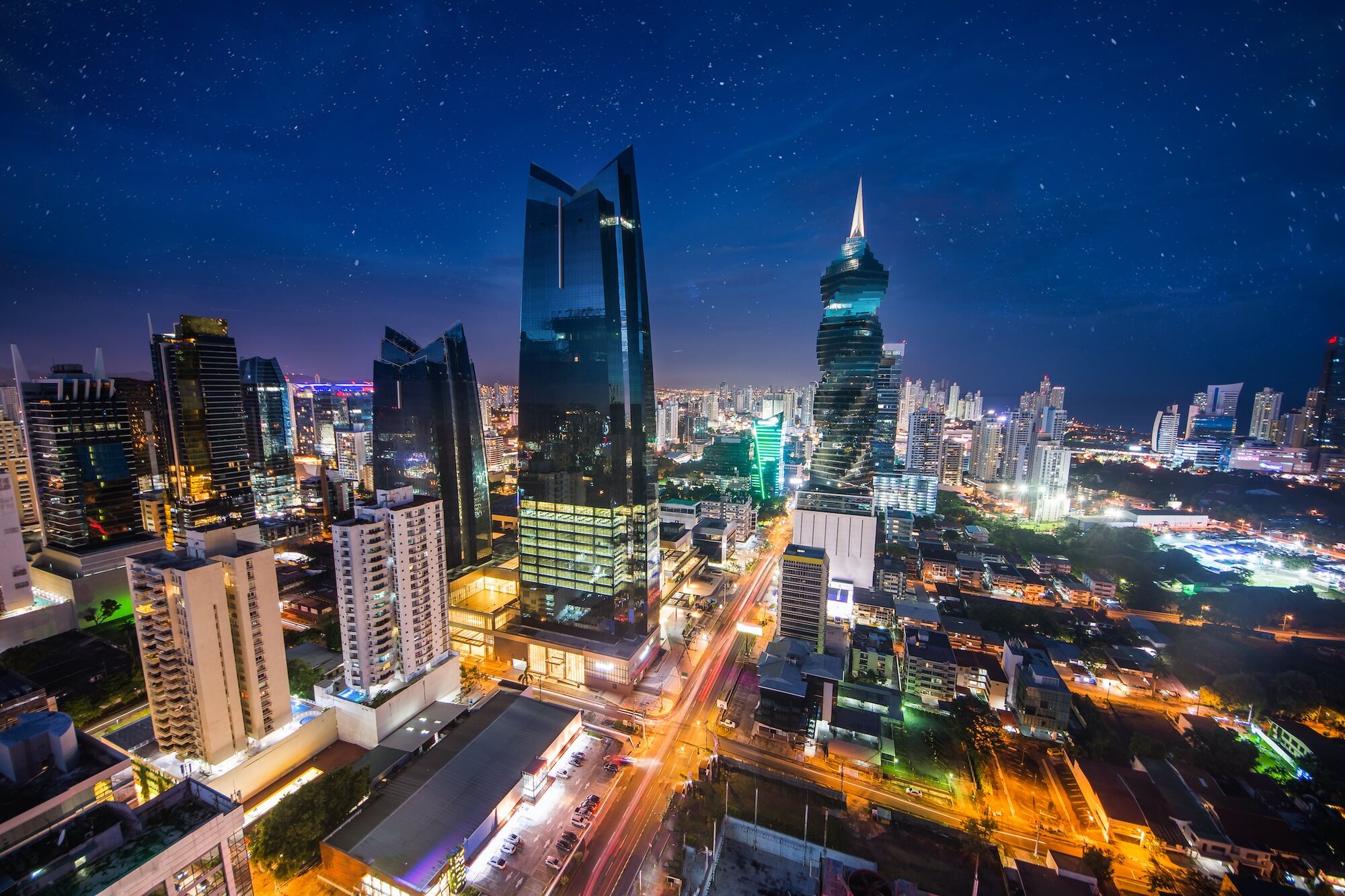
Things Change
Years ago when Panama started being mentioned as a hidden jewel with an incredibly low cost of living, it was absolutely true. You could retire and live well within a very limited budget. Today, I am a little slower to agree that one can comfortably retire on the average monthly Social Security check of $1,335. Panama has grown into what everyone predicted it would become—a first-class country with gleaming structures, a well-developed infrastructure and solid social programs—and that brings with it a bigger price tag.
It seems that today there are two Panamas. When I walk into the grocery I see many people buying 50 pound bags of rice along with strange cuts of chicken and meat. They usually have multiple cans of beans in their carts so I know what the family will be eating for the next month. Do they live on less than $1,335 a month? Absolutely.
Expats Don’t Live Like Locals
What I question for people coming from North America is whether they will be happy with beans and rice for most meals or content living like many locals without air conditioning. Most expats like to eat out, play golf and take trips exploring different regions of Panama and neighboring countries. All of that takes money.
The wise individuals who invested in beach-front property when Panama was first mentioned on best-retirement lists more than a decade ago, have watched their investment grow. As their property value increased so did all property in Panama. It is important for people to know that today, Panama is not the least expensive place to retire. I agree with Cramer that it is the best, but not necessarily the least expensive.
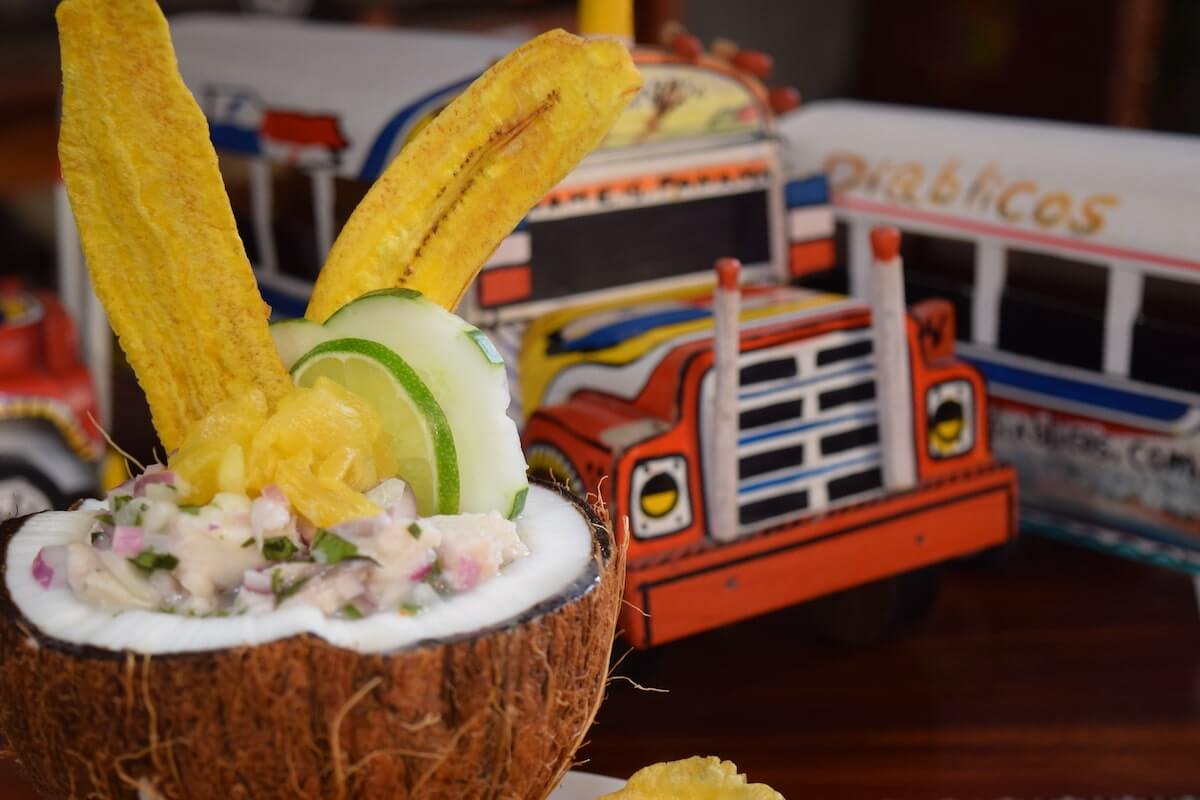
Condominiums have much lower price tags than what you would find in the States or Canada, but don’t expect $100,000 units on the 30th floor of a luxury high-rise overlooking the ocean. If you do, that particular property might not be a good investment and you should check the quality of workmanship or the builder’s track record.
To successfully manage your budget, while living the expat life in Panama, it is important that you know where you can save and where the costs are fairly close to what you would find in major North American cities.
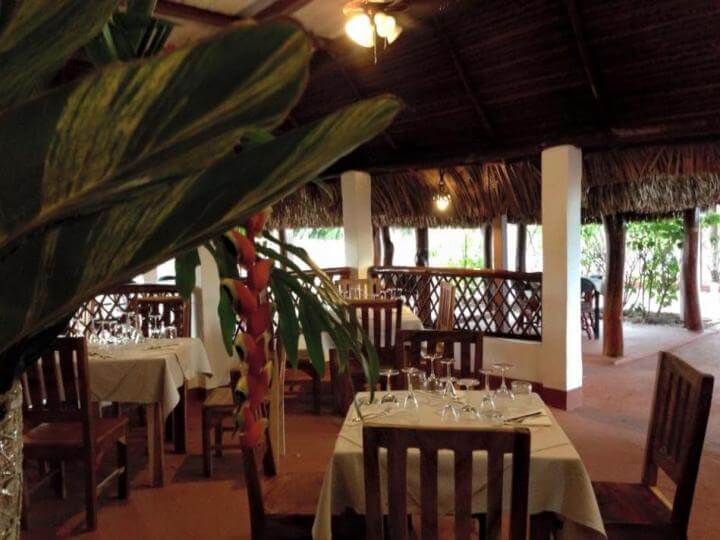
The Burrata Ball from Heaven
The other night I sat back and pursued the menu at a relatively new restaurant located about 10 minutes off the Inter-American Highway on the way to El Valle. Casa Florencia has the most amazing food and it is run by friends who have known each other for over 30 years. They grew up together in Tuscany and they transplanted themselves to Panama and opened a restaurant that brings all the best foods of Italy.
In my mind, Casa Florencia and other local eateries, are the perfect illustration for how Panama is not the least expensive place to retire but is a fabulous option if you can afford more than Social Security.
When you enter the restaurant, you aren’t really entering a building, but rather a thatched roof, open-air dining room with a constant gentle breeze. You don’t really think you are in Italy, because the surrounding scene is defiantly Panama, but you do know you have entered something special.
Stefano Sarrochi is the public face of the restaurant and he greets every guest with a smile and unbridled joy. He’s happy in Panama and you quickly recognize that fact. After a warm greeting, you are presented with a tasting appetizer and a glass of wine. Prosecco was the wine being poured that night and while I slowly sipped, I considered that one probably didn’t receive a free glass of wine at most high-end restaurants in the States or Canada.
Bottles of red wine were priced between $18 and $30 the night I was there. Glasses ran six dollars across the board. Wine is much less expensive in Panama even though Casa Florencia’s wine list is exclusively Italian.
It’s hard not to notice that the most popular appetizer on the menu is $20. The last time I was on a trip to the States, visiting Nashville, appetizers in the Music City didn’t cost $20, but this was a Burrata Ball and it easily excited the taste buds of four people. I’ve had Burrata Balls and then I’ve had Casa Florencia’s version of the mozzarella shell filled with heavy cream and bits of cheese. It’s the best thing I think I’ve ever eaten, but it is not inexpensive.
The main courses run between $11 and $25 which is probably slightly less than many upscale eateries in North America and they are all totally worth the price. Lobster linguine, eggplant parmesan and daily fresh fish sourced from the fishing boats in San Blas appear regularly on the menu.
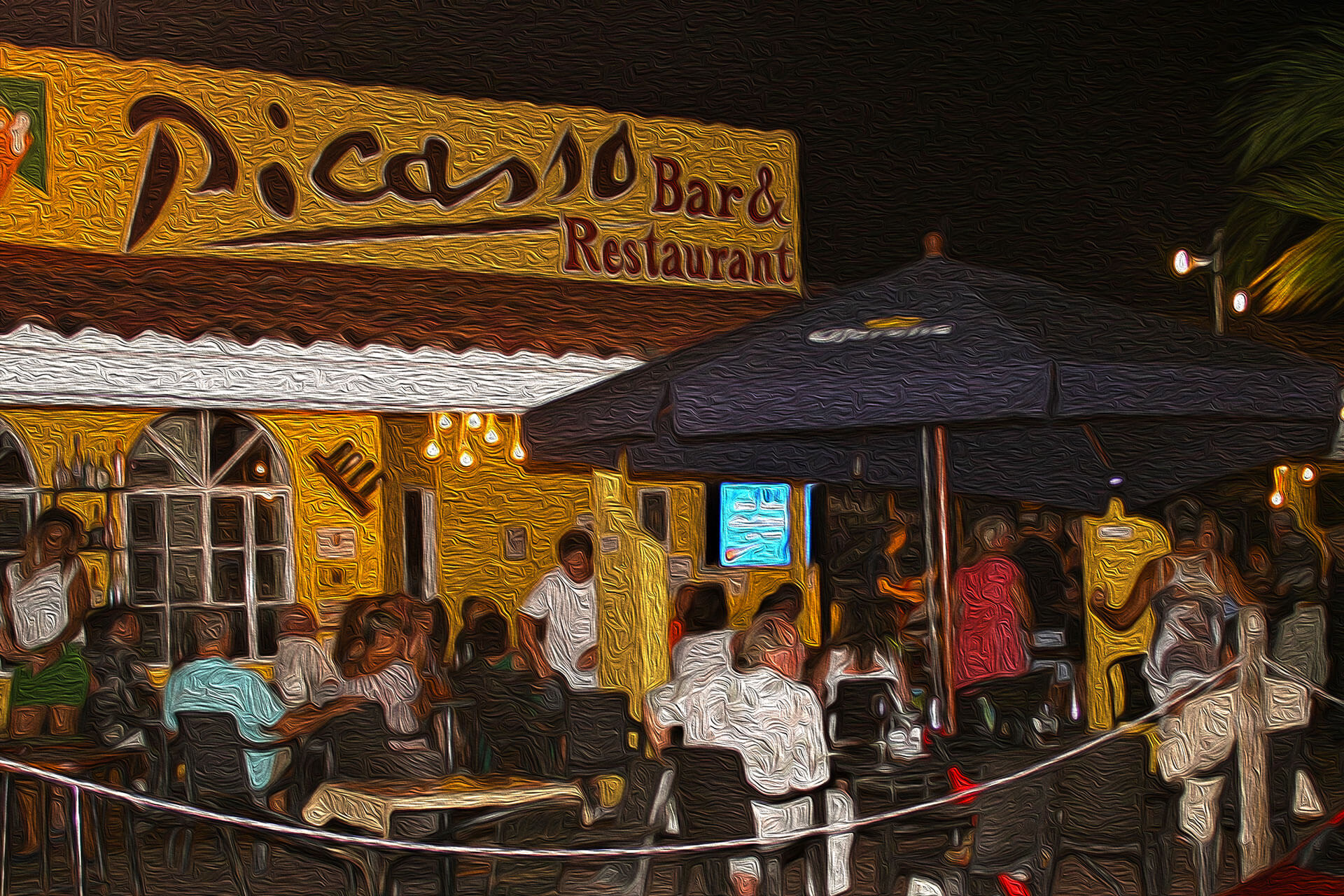
A Range of Options
When I eat breakfast out on the weekends, I love going to Picasso Cafe where the eggs Benedict price out at $10 and that includes potatoes, local fruit and fresh orange juice. Their lunch specials run $10 for a sandwich or salad with a side and a local beer. The difference being not the prices, but beer for lunch. When in Panama you are literally forced to chill. No one else is rushing around, so you really just can’t!
Of course there are specials like the two for one drink happy hour at Caracoles Cafe where on Taco Tuesdays, the tacos sell for a buck, but the entrees during the regular hours cost between $15 and $25. It all tends to even out, but you can make living on less work if you think about what you are spending.
Of course there are specials like the two for one drink happy hour at Caracoles Cafe where on Taco Tuesdays, the tacos sell for a buck, but the entrees during the regular hours cost between $15 and $25. It all tends to even out, but you can make living on less work if you think about what you are spending.
I find that expats eat out pretty regularly, so if you are considering a move to Panama, I always suggest factoring in the restaurant prices, which are generally pretty similar to those found elsewhere. If you like spirits with dinner, you are in luck! Panama prices for alcohol are about a third of what you would find in the States or Canada.
Eating at home is always an excellent option because fish purchased via the co-op from boats hauling in the previous nights’ catch is very inexpensive and you can get great vegetables at very low prices from the farmers themselves. Just shop each day and cook simple.
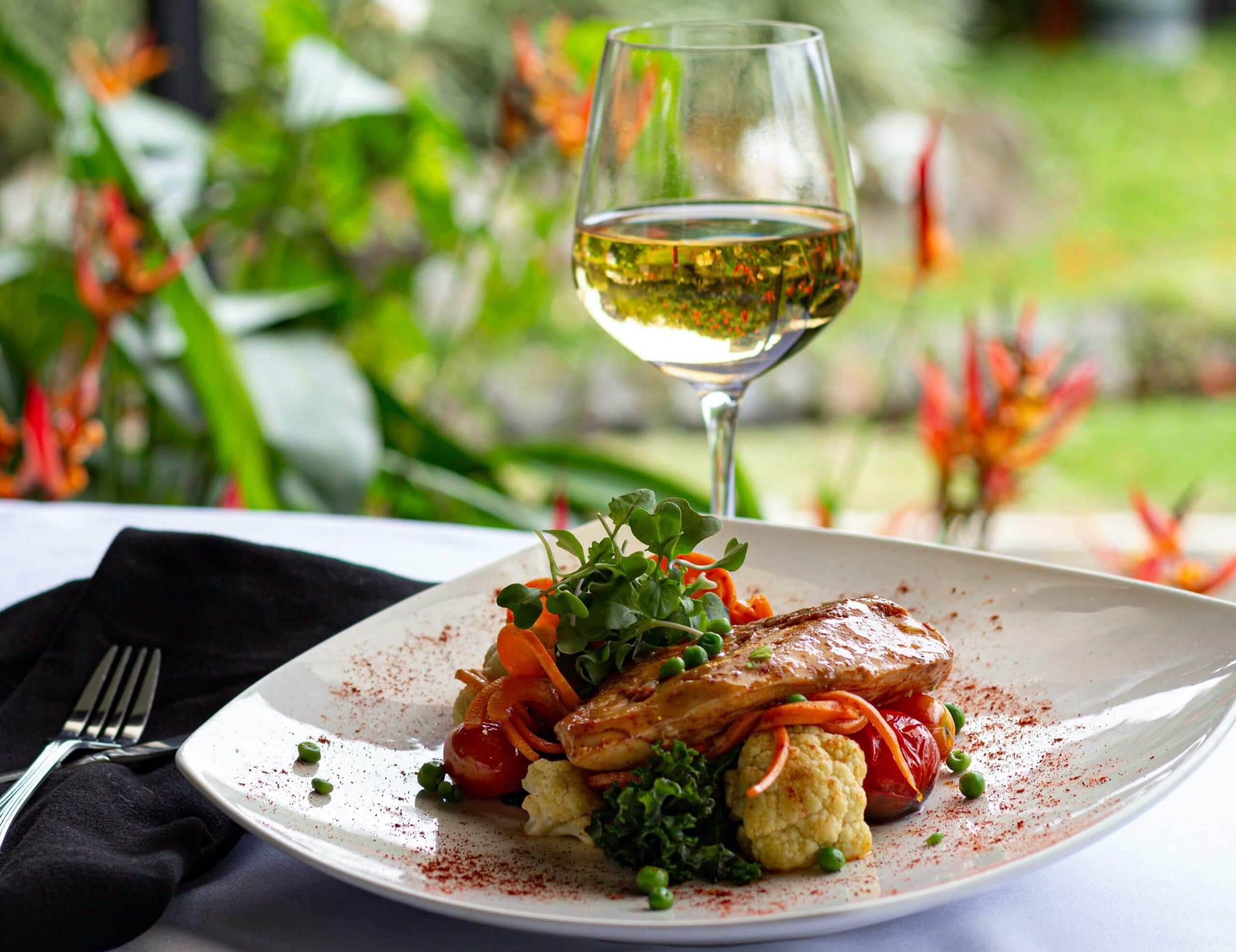
Cable is less, medications are a fraction of the cost up north and gasoline tends to run a little higher. Property values are still fabulous, but not as inexpensive as they once were. I absolutely believe Panama is a great place to retire, a solid investment and somewhere you can easily live an upscale lifestyle on fewer dollars. Mostly, I don’t want to paint an unrealistic picture of what it takes to live comfortably. There are inexpensive places to rent, lots of rice and beans and then there is the Burrata Ball at Casa Florencia. Just saying!

